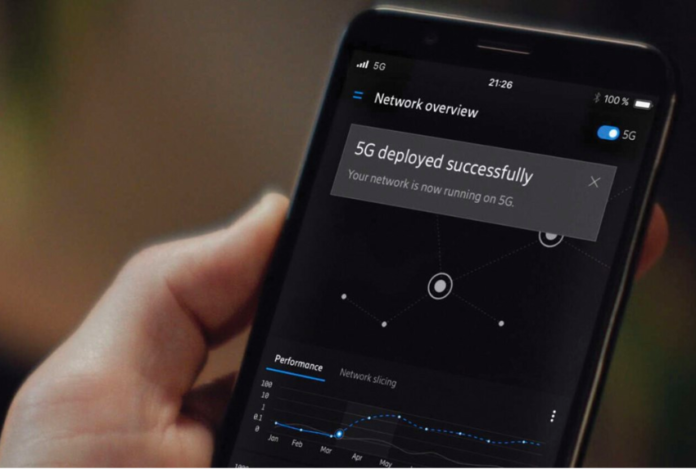The global number of 5G subscriptions is expected to top 2.6 billion within the next six years, driven by sustained momentum and a rapidly developing 5G ecosystem, according to Ericsson.
Based on the November 2019 edition of the Ericsson Mobility Report, average monthly data-traffic-per-smartphone is forecast to increase from the current figure of 7.2 gigabytes to 24 GB by the end of 2025, in part driven by new consumer behaviour, such as virtual reality (VR) streaming.
The report also projects that 5G will cover up to 65% of the global population by the end of 2025 and handle 45% of global mobile data traffic.
South Korea has already seen a big 5G uptake since its April 2019 launch. More than three million subscriptions were collectively recorded by the country’s service providers by the end of September 2019.
China’s launch of 5G in late October has also led to an update of the estimated 5G subscriptions for year-end 2019, from 10 million to 13 million.
“In 2020, 5G-compatible devices will enter the volume market, which will scale up 5G adoption,” said Fredrik Jejdling, EVP and head of networks at Ericsson. “The question is no longer if, but how quickly we can convert use cases into relevant applications for consumers and enterprises.”
The report also forecasts that the total number of cellular IoT connections now seen at 5 billion by the end of 2025 from 1.3 billion by end 2019 — a CAGR of 25%. NB-IoT and Cat-M technologies are estimated to account for 52% of these cellular IoT connections in 2025.
Year-on-year traffic growth for the third quarter of 2019 was high at 68%, driven by the growing number of smartphone subscriptions in India, the increased monthly data traffic per smartphone in China, better device capabilities, an increase in data-intensive content, and more affordable data plans.
















